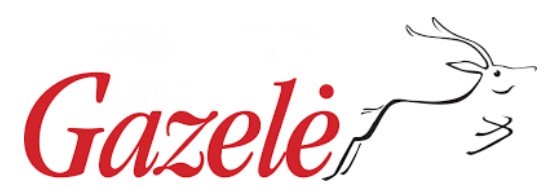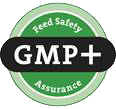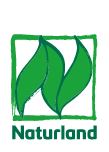FOR CONSULTATIONS APPLY TO:
Commercial director
Lina Smalskienė
tel. +370 618 02 551
e-mail linak@agrolitpa.lt
Sales manager
Tautvydas Kliučininkas
tel. +370 681 35 093
e-mail tautvydask@agrolitpa.lt
Sales manager
Eglė Petkevičienė
tel. +370 626 95 458
e-mail eglep@agrolitpa.lt
Sales manager
Kotryna Nakrošytė
tel.: +370 601 39 282
e-mail kotryna@agrolitpa.lt
NANAUX
A mid-late, tall, anthracnose-resistant, small-seeded bean for intercropping/catch crops
- The smallest TGW (+/- 250 g)
- Quite tall plants
- Very good resistance to lodging and Anthracnose
- Coloured seed
- High protein content
- Companion plant to rapeseed
- Suitable for various mixtures
- Suitable as a cover crop
- Small seeds, great benefit
- Flowering – moderately late
- Flowers – coloured
- Plants – quite tall
- Resistance to lodging – low sensitivity
- Stem breaking – very low susceptibility (Casse tige – Very low susceptibility)
- General resistance to diseases – moderately susceptible
- Resistance to anthracnose – low sensitivity
- Resistance to bean rust – quite sensitive
- Seeds – dark (brownish)
- 1000 seeds weight – about 220-250 g
- The amount of protein in the seeds – high (22 %)
- Contains lots of vicine and convicine
- Suitable for greening, intercropping mixtures
Nanaux is a bean variety with a TGW lower than 50% of standard varieties (-65 g, compared to the control variety Diana). This characteristic allows Nanaux to be used in intercropping, mixtures of species, as a companion plant to rape, sowing under cover and other uses.
Nanaux has an ideal development cycle in the combination of legumes with rapeseed. Indeed, its low aggressiveness at emergence does not compete with rapeseed or only very little. On the other hand, the late flowering and the high height of Nanaux are major advantages for intercropping or sowing under cover.
- Growth rate – 7.0 points
- Weight of 1000 grains – 243 g
- Coverage at 300 °C – 23 % (Soil cover rate at young stages, assessed by digital photographs and image analysis from 100 °C.D-1 to 600 °C.D-1 based on germination date)
- Coverage power at 400 °C – 50 %
- Coverage power at 600 °C – 73 %
- Plant height at harvest time – 60 cm
- Sensitivity to frost (frost damage on leaves) – 5.5 points
- Sensitivity to cold (cold damage to plants) – 8.2 points
- Resistance to various diseases – 6.8 points
- Resistance to anthracnose – 5.3 points
- Resistance to frost – 8.1 points
- Resistance to rust – 6.9 points
- Biomass yield in 2018 – 2.0 t/ha
- Amount of accumulated nitrogen – 62 kg/ha
- C/N ratio – 13.8
- Biomass yield in 2019 – 1.6 t/ha
- Amount of accumulated nitrogen – 58 kg/ha
- C/N ratio – 11.5
- Biomass yield – 1.8 t/ha on average
- Amount of accumulated nitrogen – on average 60 kg/ha
*(Nitrogen content in biomass at the end of autumn, expressed in kilograms of nitrogen per hectare)
*according to: CTPS/GEVES, https://cat.geves.fr/CAT_WEB/Data/PLA_Plantes_de_services_2019.pdf
The varietal parameters may differ from those indicated here when the testing circumstances differ from quondam
Recommended sowing rate: 50-60 plants/m² or 125-150 kg/ha
Keravos sreet. 17, Kerava,
LT-38 131 Panevėžys district, LITHUANIA
Enterprise's code 168598128
VAT code LT685981219
Tel. +370 615 11 315
E. mail info@agrolitpa.lt




.JPG)


